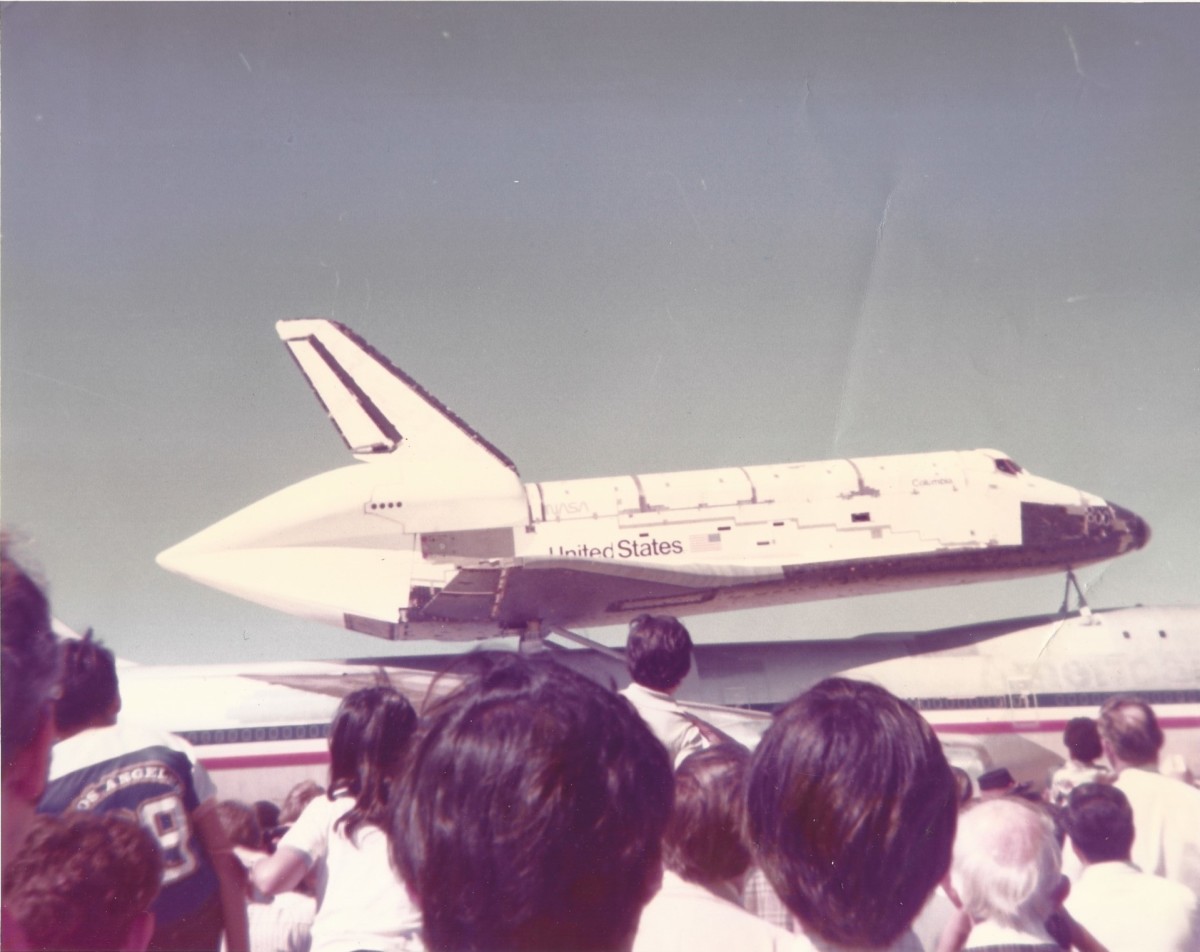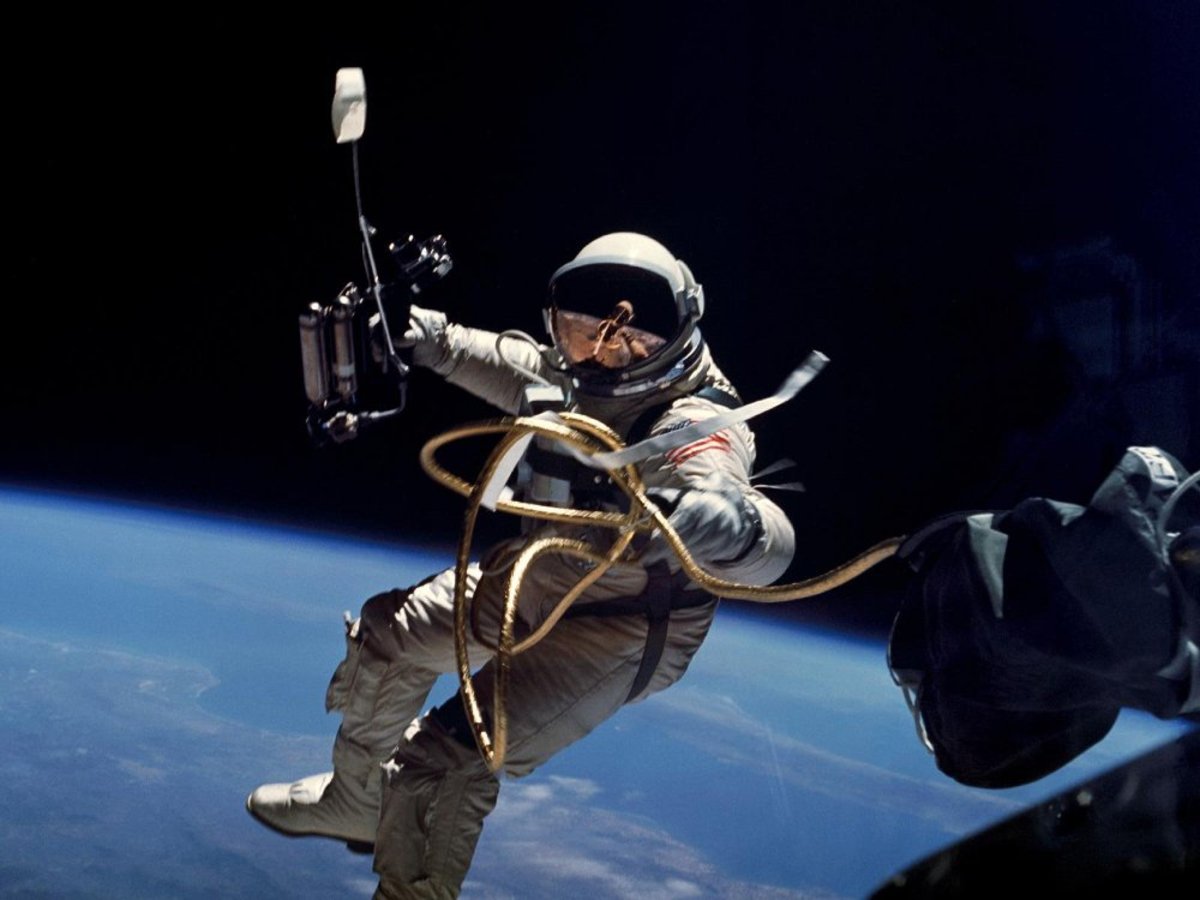The Space Shuttle Program

The Space Shuttle Program
One of the most important facts about the history of the Space Shuttle is that they were the most complex machines ever built. The Space Shuttle Program designed the first reusable spacecraft.
The mission of the Shuttle Program was to conduct scientific experiments, to launch and repair satellites, and to provide shuttle service for the Space Station. The Shuttle transported cargo to altitudes of 115-250 miles above the Earth.
In Space Shuttle History, the spacecraft changed little in 30 years, other than major technological advancements in computers and avionics (instrumentation). The Program ended after 2010, having flown over 130 missions.
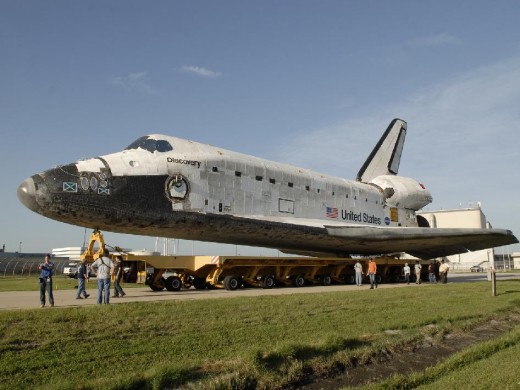
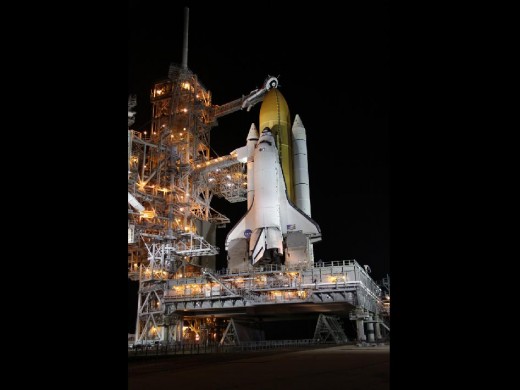
Shuttle Spacecraft
The Space Shuttle Program featured spacecraft that were mostly made out of aluminum and consist of three major sections: the orbiter spacecraft, with a maximum occupancy of eight astronauts; two Solid-Fuel Rocket Boosters, which are the largest ever flown; an external tank with fuel (liquid hydrogen and liquid oxygen) for the three main engines.
The launch of a Space Shuttle was an awesome sight to behold. It literally lights up the heavens and spectators can feel the raw power. The Solid-Fuel Rocket Boosters only burn for two minutes before they separate and fall approximately 160 miles from Cape Kennedy off the coast of Florida. They are retrieved from the Atlantic Ocean and reused. The main engines continue to burn for eight additional minutes, up to orbital altitude. The external tank then separates and falls into a remote part of the Indian Ocean. Where it remains.
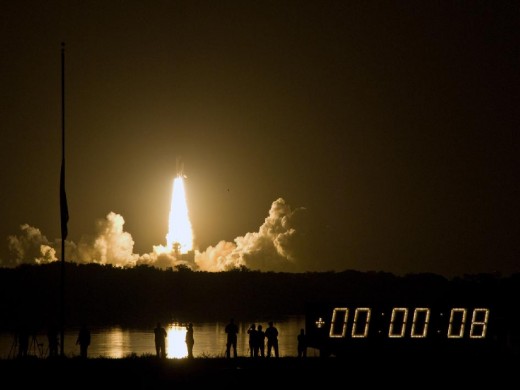
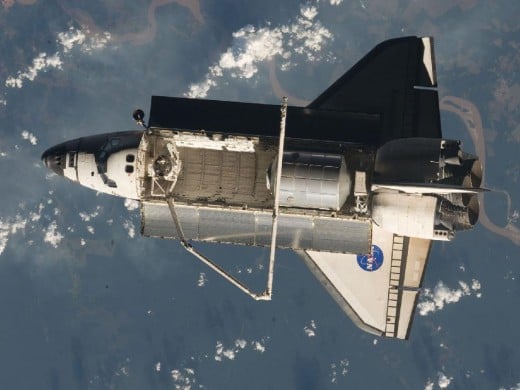
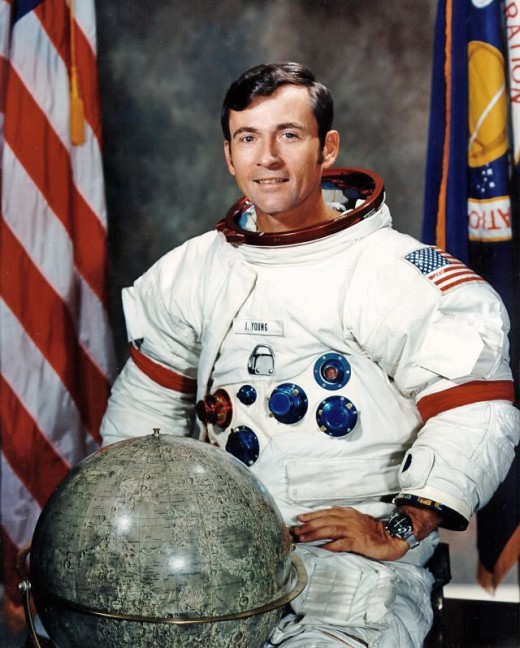
The History of the Shuttle
A typical mission for a Space Shuttle lasts one week. It re-enters the atmosphere of Earth 75 miles high, at a velocity of 18,000 miles per hour. The orbiter is designed to glide in, similar to an airplane, to a safe landing. It hits the runway at about 220 miles per hour. The orbiter creates quite a sonic boom right over my house.
The first Space Shuttle made was the Enterprise, though it was only used as a test prototype and never flew a mission. The Columbia was next and in 1981 it became the first to fly into space, with Orlando native John Young as Commander. (We have a major parkway and planetarium named in his honor here in Orlando.) The third machine was the Challenger; the fourth the Discovery; the fifth the Atlantis; the sixth and final Space Shuttle is the Endeavor—produced to replace the ill-fated Challenger.
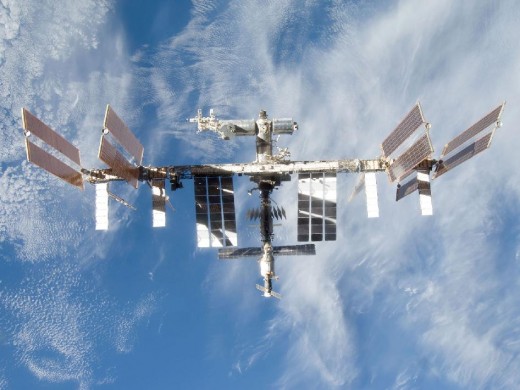
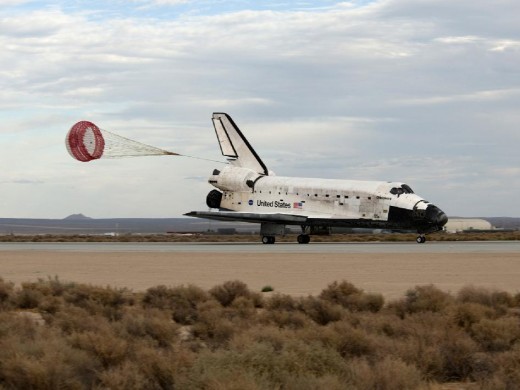
Space Shuttle Disasters
It is widely known that there have been two Space Shuttle disasters—each accident resulting in the loss of seven lives. The Challenger Space Shuttle exploded only 73 seconds into flight in 1986. An O-Ring failed because the unusually cold weather made it too stiff to function properly.
In the 2003 Columbia Space Shuttle Tragedy, the spacecraft disintegrated over Texas only 16 minutes before it would have landed. Heat shield tiles, designed to protect the leading edge of the wing, had been damaged during the launch and could not withstand the estimated 2880 degree (Fahrenheit) temperatures caused by the friction created by traveling at that speed in our atmosphere. Everything built by man is subject to failure.
The next manned space vehicle for America has been christened the Orion. It is scheduled to fly in 2014 and unlike the Space Shuttle Program, which features Earth orbiters, the Orion is being designed and constructed as a deep space vehicle—for missions to the Moon and Mars.

